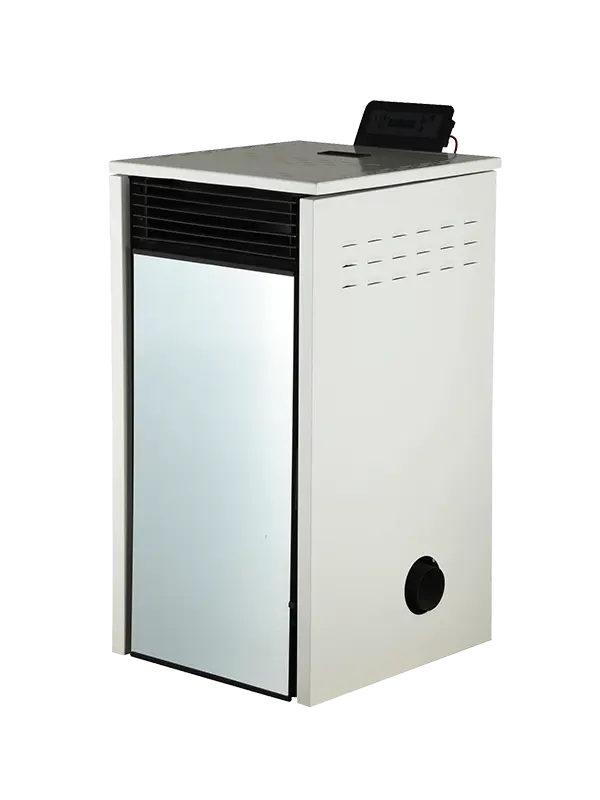The use of pellet stoves dates back to the 19th century. This was a time when wood was in very short supply and people had to find ways to heat their food, one of which was the stove. As we know today, wood-burning stoves are extremely energy efficient and easy to maintain. However, even with these benefits, it is still possible for some homeowners to benefit from a gas-powered pellet stove.
One of the reasons that some homeowners may opt for a gas-powered stove over a wood-burning stove is because they need to have control over the amount of heat produced by the stove. If you choose to use a gas-powered stove, you will be able to vary how much heat is produced. This is not the case if you have a wood-burning stove. You cannot add heat to the stove without also decreasing the amount of air circulating through it. Thus, this can be a factor when it comes to choosing between pellet stoves and other types of stoves that rely solely on electricity to operate.
Another reason that a person may want to use a pellet-burning stove to supplement their existing heating source is because of the cost associated with wood-burning stoves. Pellets require a significant amount of effort to harvest and process. This means that they cost more than traditional fuels such as gas and coal. The cost associated with wood-burning stoves is also much higher in the long run as compared to pellets. A gas stove uses only a fraction of the energy of a wood-burning stove; thus, it costs less to use.
Yet another benefit of pellet-burning stoves is that they are extremely simple to install. Unlike stoves that use gas or electricity, these types of stoves only need a small hole for the nozzle. There is no need for a chimney or venting system, as is the case with stoves using these types of fuels. Simply put them in an area where they will receive direct sunlight or a small amount of shade. Some may find this as one of the advantages of these types of stoves, since they require little maintenance. For example, there is no need to clean the chimney because it does not get hot enough to allow dirt to buildup, which results in clogged air that can cause unpleasant odors.
In terms of safety, you will not need any type of permit or approval in order to operate this type of stove. No type of complex ventilation system is needed for a wood-burning stove to operate, and in most cases, there is no need for a chimney. In addition, these stoves do not produce fumes or black smoke that is harmful if inhaled. Since these stoves are powered by pellets, most of the smoke is expelled in the air as you cook. However, since the electricity used to operate the stove can often create enough heat to raise the temperature of a room, you should be sure to use gloves or a smoke detector if you are using a wood-burning stove.
A major disadvantage of this type of stove is that the temperature in a smaller area will be much lower than if you were using a standard wood-burning stove. Also, most electric stoves take a lot longer to heat up than a wood-burning stove. The time it takes to heat up a room depends on how much electricity you have running through the unit. Finally, if you are using an electric stove, it is important to be aware of your electrical consumption and ensure that it is not exceeding the amount allowed by the electric company. If it is, you could be in violation of federal and local laws. Also, since the electricity used to operate the unit can often create much more heat than you would with other types of stoves, you should be careful to only allow people in your household with permission to use the electricity in the event that you are not home.



